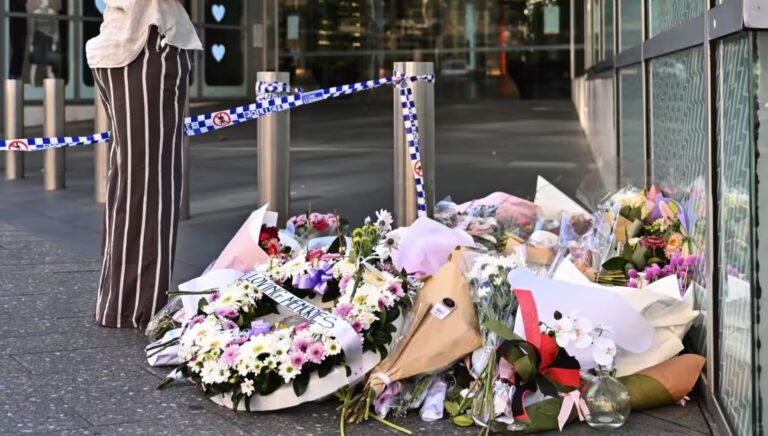
The road to Dealey Plaza ran through Algiers and Saigon

Most people over the age of 60 remember where they were when they heard that US President John F Kennedy had been shot in Dealey Plaza, Dallas in Texas. It was a defining moment in the young lives of the baby boomers.
In the coming months you’ll be reading and hearing a lot about the Kennedy assassination, because the 50th anniversary comes up on November 22. No doubt you’ll also hear a lot of contemptuous posturing about “conspiracy theorists” and repetition of the official line that the assassination was the work of a lone deranged gunman, Lee Harvey Oswald.
On the other hand, only a tiny handful of people remember where they were when they heard that President Ngo Dinh Diem, President of South Vietnam, had been assassinated. Funny thing that, because only 20 days separated the two jobs.
Diem, and his brother Nhu, were gunned down in the back of an armoured personnel carrier in Saigon on November 2, 1963. The Diem Government had just been deposed in a CIA-backed coup d’etat that was the inevitable result of nine years of increasingly autocratic and nepotistic Diem family rule. Discontent with the regime had been simmering below the surface of South Vietnam, and it exploded with mass Buddhist protests against long-standing religious discrimination by the Catholic-dominated government and the shooting of protesters who had defied a ban on the flying of the Buddhist flag.
Even though the US had fomented the coup, the assassinations were passed off as a purely Vietnamese affair and a regrettable overreaction. The US diplomatic and political establishment and the CIA wept crocodile tears over the convenient deaths of their former allies. While the Diem family – conservative Catholic refugees from the north – had been fanatical opponents of Ho Chi Minh’s government and the Viet Cong, they’d totally run out of credibility and their regime had become an asset to the Viet Cong. As far as the CIA was concerned, as long-time trusties, the Diems were wild cards who knew too much. If allowed to go into exile (as they’d been promised when they surrendered), they’d be able to tell some very embarrassing stories.
At first, the story was put about that the brothers (who had negotiated a surrender to the rebels) had committed suicide. When that yarn collapsed it was said that they’d been shot while “attempting to escape” from the back of a locked personnel carrier. The phrase became a macabre stock joke among brutal political realists.
Nobody was punished by the US for the brutal slaying and General “Big” Minh, the man who ordered them, and whose bodyguard carried them out, became the de facto head of the military junta that replaced him. John F Kennedy, who had authorised the coup, but was reportedly mortified by the killings, was shot a few days later.
Arguably, Diem’s assassination was not the first time the agency had been involved in the murder of a political figure without the explicit authorisation of the president and, indeed, against his policy and wishes.
In April 1942, within a couple of months of its inception, the CIA’s direct forerunner, the Office of Strategic Services (OSS), was involved in the killing of the Vichy politician, Admiral Francois Darlan. The OSS had been created just two months earlier and was then very much under the tutelage of the very experienced British MI6 and Special Operations Executive.
The policy of President Roosevelt, who hated the British-backed Free French leader, General de Gaulle, was to try to find an alternative French leader from within the Nazi collaborationist Vichy regime who could be prevailed on to change sides. Alas, Admiral Darlan, the President’s choice, was understandably regarded with loathing by the British, the American public and the French resistance movement. While Darlan ordered the French military in North Africa to cease resisting the Allied forces who’d landed in North Africa, he outraged public opinion by crushing anti-Nazi groups, and persisted in rounding up Jews and dispatching them to internment camps even after he’d officially crossed over to the Allies.
You don’t have to read much between the lines to realise that the CIA-to-be reached an independent decision that President Roosevelt’s choice for future leadership of France was hopelessly compromised – he was a liability to the Allied cause, who had to be terminated “with extreme prejudice”.
Even at that early stage, a few days after its formation, the agency had decided that its political judgement trumped the President’s. Even then, the agency had become the tail that wagged the dog.
The oldest trick in the secret agency handbook is the elimination of a prominent public opponent by a lone deranged killer, and that’s precisely what they, and their MI6 tutors, organised.
On Christmas Eve, 1942 in Algiers, an unfortunate 20-year-old anti-Fascist monarchist, Fernand Bonnier de La Chapelle – member of a loony royalist group that wanted to make the pretender to the French throne, the Count of Paris, the King of France – shot Darlan dead. The poor kid had probably been assured he’d be pardoned after a short prison term. A military tribunal convened on Christmas Day declared Bonnier had acted alone and condemned him to death. Most conveniently he would never, thereafter, tell his story because was executed by firing squad the next day.
Arguably, the CIA was emboldened by the success of this deft intervention in politics. Arguably, it was the start of the road that led to the assassination of John F Kennedy, allegedly by “lone nut” Lee Harvey Oswald.
[In 1945, the Court of Appeals in Algiers overturned Bonnier de La Chapelle’s conviction, stating that he had acted “in the interest of the liberation of France”]









